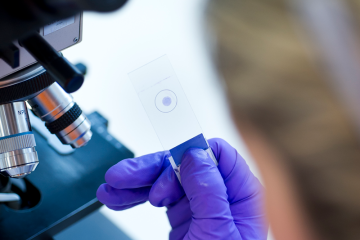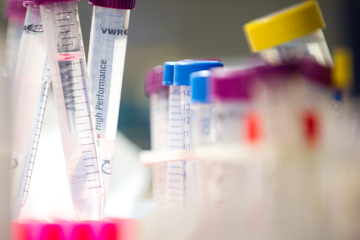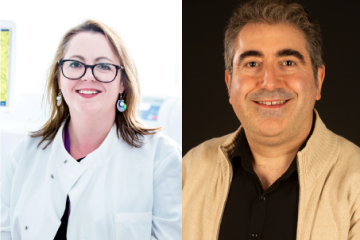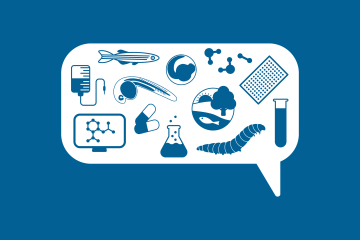Principal Investigator: Dr Carina Dunlop, University College London
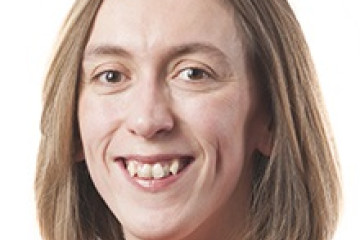

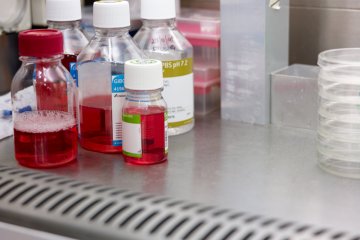


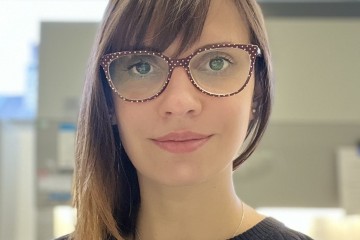
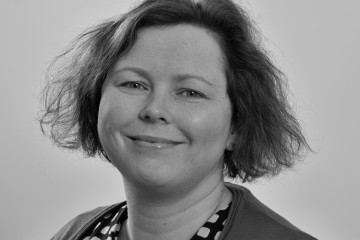

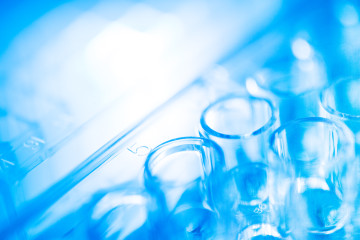

With joint CRUK-NC3Rs funding, Dr David Fernandez Antoran’s 3D epithelioid culture model has been adopted by multiple labs globally, replacing animal use in different areas of oncology research, including oesophageal, tracheal, skin, ovarian and bladder cancer, as well as in radiotherapy studies and tissue regeneration research.

